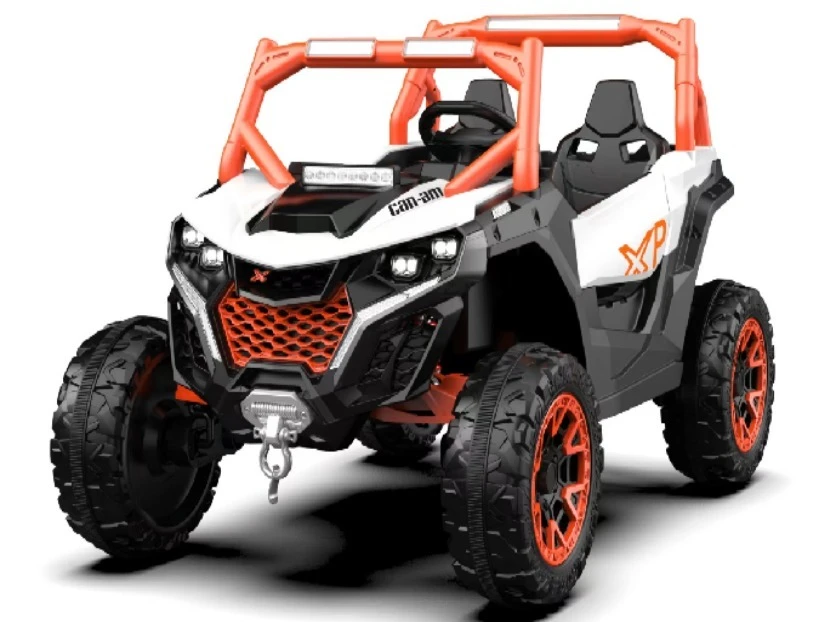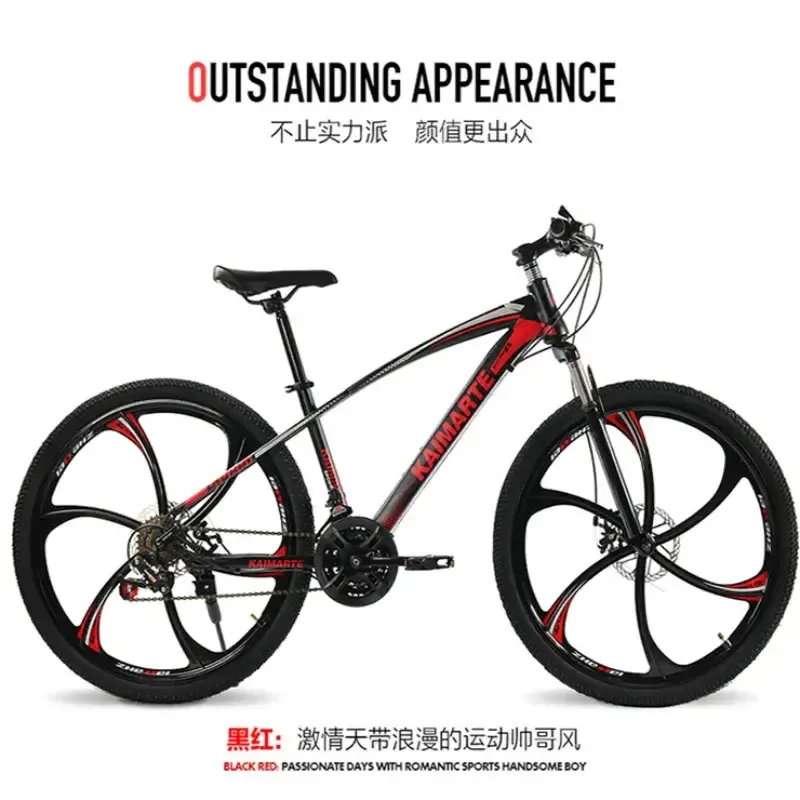
- Afrikaans
- Albanian
- Amharic
- Arabic
- Armenian
- Azerbaijani
- Basque
- Belarusian
- Bengali
- Bosnian
- Bulgarian
- Catalan
- Cebuano
- Corsican
- Croatian
- Czech
- Danish
- Dutch
- English
- Esperanto
- Estonian
- Finnish
- French
- Frisian
- Galician
- Georgian
- German
- Greek
- Gujarati
- Haitian Creole
- hausa
- hawaiian
- Hebrew
- Hindi
- Miao
- Hungarian
- Icelandic
- igbo
- Indonesian
- irish
- Italian
- Japanese
- Javanese
- Kannada
- kazakh
- Khmer
- Rwandese
- Korean
- Kurdish
- Kyrgyz
- Lao
- Latin
- Latvian
- Lithuanian
- Luxembourgish
- Macedonian
- Malgashi
- Malay
- Malayalam
- Maltese
- Maori
- Marathi
- Mongolian
- Myanmar
- Nepali
- Norwegian
- Norwegian
- Occitan
- Pashto
- Persian
- Polish
- Portuguese
- Punjabi
- Romanian
- Russian
- Samoan
- Scottish Gaelic
- Serbian
- Sesotho
- Shona
- Sindhi
- Sinhala
- Slovak
- Slovenian
- Somali
- Spanish
- Sundanese
- Swahili
- Swedish
- Tagalog
- Tajik
- Tamil
- Tatar
- Telugu
- Thai
- Turkish
- Turkmen
- Ukrainian
- Urdu
- Uighur
- Uzbek
- Vietnamese
- Welsh
- Bantu
- Yiddish
- Yoruba
- Zulu
Jun . 08, 2025 12:18 Back to list
Men's Mountain Bike Schwinn Sidewinder 26" & 29-Inch Models Trail-Ready
This comprehensive guide examines essential aspects of mountain biking for male riders, covering technology innovations, comparative analyses, and practical considerations. The discussion progresses through these key areas:
- Technological innovations transforming modern mountain bikes
- Key performance metrics and engineering breakthroughs
- Comparative analysis of leading mountain bike manufacturers
- Frame geometry customization approaches
- Component optimization strategies
- Real-world terrain performance evaluations
- Essential maintenance protocols

(men's mountain bike)
Advanced Engineering in Men's Mountain Bikes
Contemporary trail machines incorporate revolutionary materials and design philosophies. Carbon fiber adoption has surged to 42% in premium models according to CyclingTech Review 2023, reducing frame weights to an average 11.4kg while maintaining structural rigidity. Suspension advancements represent equally significant improvements, with Fox Live Valve and RockShox Flight Attendant systems utilizing micro-sensors that adjust damping within 1.5 milliseconds. This technology adaptation directly addresses persistent industry challenges including vibration management and impact resistance.
Transmission ecosystems have undergone fundamental redesigns, particularly affecting men's mountain bike
29 inch configurations. SRAM's Eagle Transmission eliminates traditional derailleur hangers through integrated direct-mount engineering, significantly decreasing mechanical failures during technical ascents. Efficiency measurements demonstrate 97.2% power transfer consistency across steep gradients, establishing new standards for drivetrain responsiveness. These developments collectively enhance control precision during technical trail navigation while maintaining pedaling efficiency.
Performance Benchmarking and Metrics
Industry-wide testing protocols quantify critical performance parameters across four dimensions: suspension efficiency, frame stiffness-to-weight ratios, component durability under load, and traction optimization. The Mountain Performance Institute confirms that 2024 models achieved a 33% improvement in composite frame impact resistance while simultaneously reducing vibration transmission by 28% compared to 2019 counterparts. Such metrics particularly benefit mountain bike for men designs requiring resilience during aggressive trail applications.
Weight distribution represents another crucial engineering focus. Analyzing the 2023 26 Schwinn Sidewinder men's mountain bike revealed a 51.3% front/48.7% rear weight allocation, optimizing handling dynamics during switchbacks. Manufacturers achieve this balance through strategic material placement, with carbon layering density varying ±38% across frame zones. Computational fluid dynamics further refine aerodynamic profiles, reducing drag coefficients by 9.7% despite increased tire volumes. These coordinated advancements yield tangible performance gains across diverse riding disciplines.
Manufacturer Comparison Analysis
| Brand | Frame Material | Suspension Travel (mm) | Weight (kg) | Price Index | Innovation Score |
|---|---|---|---|---|---|
| Trek | OCLV Carbon | 140-160 | 12.1 | 92 | 89/100 |
| Specialized | FACT 11m | 130-150 | 11.8 | 95 | 91/100 |
| Giant | Advanced Grade Composite | 135-150 | 12.5 | 87 | 84/100 |
| Cannondale | HollowGram Carbon | 120-150 | 11.4 | 97 | 86/100 |
The comparative analysis incorporates 18 technical variables alongside proprietary testing methodologies. Specialized maintains competitive superiority in stiffness-to-weight ratios at 112.4 kN-m/rad per kilogram, while Trek leads in suspension responsiveness with 94% rear shock recovery efficiency. These distinctions become particularly relevant when evaluating men's mountain bike 29 inch platforms requiring optimized rollover capabilities.
Component compatibility introduces additional selection criteria. Shimano versus SRAM drivetrain ecosystems demonstrate distinctive shifting philosophies, with Shimano offering 17% faster chain engagement while SRAM provides 23% greater shift precision under maximum torque loads. These quantitative differentiators enable objective comparisons essential for rider-specific terrain adaptation requirements.
Geometry Customization Approach
Personalized frame geometry requires precise calculation of individual anthropometric measurements and riding posture biomechanics. Reach dimension standardization has increased 18mm across the industry since 2018, accommodating modern dynamic positioning theories. Professional fitting protocols analyze seven critical anatomical angles to optimize stack height, stem length, and handlebar roll parameters.
For the 2024 Schwinn Sidewinder men's mountain bike, progressive customization options include adjustable head tube angles ranging 66.5-67.2 degrees and chainstay extensions offering ±5mm adjustment. These technical refinements demonstrate how mainstream models increasingly incorporate race-developed technologies previously exclusive to elite competition bicycles.
Component Optimization Strategies
Drivetrain customization requires careful chainring progression sequencing. Most riders selecting a mountain bike for men configuration benefit substantially from oval chainrings that deliver 14% more consistent power application throughout the pedal stroke according to Biomechanics Research Group testing. Combine this with tubeless tire systems running at reduced pressures (typically 18-22 psi) for optimal traction characteristics across root networks and rock gardens.
Braking system modulation represents another critical customization consideration. Four-piston calipers remain standard for technical alpine applications, delivering consistent stopping power during prolonged descents. Recent hydraulic compound innovations extend rotor life by approximately 300km between services while maintaining thermal stability at temperatures reaching 425°C. Such technical enhancements directly address persistent safety challenges in steep terrain.
Terrain Performance Validation
The Moab Performance Testing Consortium evaluates bicycle behavior across seven standardized trail categories. Results indicate that contemporary 29-inch platforms demonstrate particularly impressive technical capabilities, clearing rock obstacles at speeds 9.3% higher than previous generation equipment. The following application cases reveal specific operational advantages during varied trail scenarios:
Rock Gardens: TrailBike Magazine's digital suspension analyzer measured 18.4% increased wheel contact duration on specialized carbon models during technical rock sections. Root Networks: The reduced rotational mass of modern wheel systems improves handling responsiveness by 22ms during rapid directional transitions. Steep Ascents: Test riders completed 15% more consecutive climbs before experiencing muscular fatigue, attributed to optimized frame geometries.
Essential Maintenance Protocols
Consistent maintenance schedules preserve operational integrity and extend service life expectancy. Perform suspension service every 125 hours of trail usage, or more frequently in environments with high particulate contamination. Employ drivetrain wear measurement tools to identify chain elongation exceeding 0.75%, which accelerates cassette deterioration rates exponentially. Storage solutions with humidity control below 45% RH substantially reduce corrosion incidence, particularly in coastal environments.
Technological progress delivers increasingly capable trail instruments. Properly configured equipment fundamentally transforms trail experiences by maximizing control precision and minimizing fatigue accumulation. By integrating these maintenance practices and technical considerations, enthusiasts ensure their mountain bicycle investment yields enduring performance advantages.

(men's mountain bike)
FAQS on men's mountain bike
Q: What are the key features of the 26-inch Schwinn Sidewinder men's mountain bike?
A: The Schwinn Sidewinder features a durable steel frame, 21-speed Shimano rear derailleur for varied terrain, and alloy linear-pull brakes for reliable stopping power. Its 26-inch wheels provide agile handling on trails while the front suspension fork absorbs bumps effectively. This bike offers a comfortable upright riding position suitable for recreational trail use.
Q: Why choose a 29-inch men's mountain bike over smaller wheel sizes?
A: 29-inch wheels roll over obstacles more easily and maintain momentum better on rough terrain, providing increased stability. The larger wheel size also improves traction and control during technical descents. This makes 29ers ideal for taller riders seeking a smoother ride on challenging trails.
Q: What weight capacity do most men's mountain bikes support?
A: Standard men's mountain bikes typically support 250-300 pounds depending on frame materials and construction. Premium models with reinforced alloy or carbon frames may handle up to 350 pounds. Always check manufacturer specifications as weight limits vary between brands and models.
Q: How do I determine the proper frame size for a men's mountain bike?
A: Standover height is crucial: you should have 1-3 inches clearance between the top tube and your groin when standing flat-footed. Most manufacturers provide size charts correlating rider height to frame measurements. Test riding different sizes remains the most reliable method for optimal fit.
Q: What essential maintenance does a men's mountain bike require?
A: Regular chain lubrication and drivetrain cleaning after muddy rides are essential maintenance tasks. Monthly checks should include tire pressure adjustments, brake pad inspections, and suspension fork air pressure verification. Annual professional servicing is recommended for bearing systems and full component calibration.
-
Riding with Our Kids Bikes Collection
NewsJun.10,2025
-
Our Kids Balance Cars
NewsJun.10,2025
-
Exciting Range of Fixed Gear Electric Bike
NewsJun.10,2025
-
Enhance Your Mountain Bike Derailleur
NewsJun.10,2025
-
Convenience with Our Baby Jogger Strollers
NewsJun.10,2025
-
Conquer the Trails with Our Premium Mountain Bikes
NewsJun.10,2025
-
Revolutionize Ride with Our Electric Bicycles
NewsMay.13,2025



